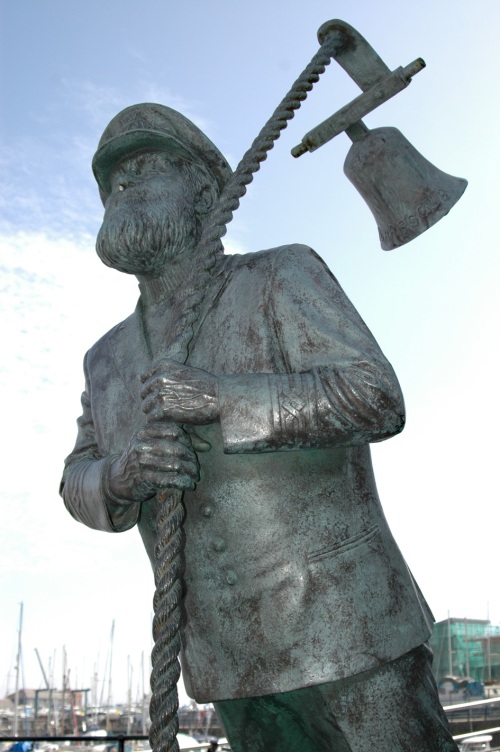
Abstract for Regina Schober’s talk at “Cultural Distinctions Remediated: Beyond the High, the Low, and the Middle” (Leibniz University of Hannover, 15-17 December 2011):
Imagining the World Wide Web: Cultural Constructions of Virtual Space across Media
Regina Schober (American Studies, Mannheim)
From the early days of the internet, there have been attempts to understand and represent this newly emerging medial realm within other media, from William Gibson’s novel Neuromancer (1984) to Martin Dodge’s and Rob Kitchin’s Atlas of Cyberspace (2001) to David Fincher’s recent film The Social Network (2010). What all these examples have in common is that they represent the new digital media within another, more traditional medium. In my paper I will examine a variety of such representations of the internet and discuss the aesthetic and cultural processes involved in such inverted “remediations” (Bolter & Grusin). With particular focus on the World Wide Web and its inherently multimodal nature, I will explore how this essentially hybrid configuration characterized by a complex and interactive set of highly heterogeneous data content in dynamic flow has been defined, conceptualized, and evaluated in the process of intermedial transformation. How can media products which take up such aesthetic features and transform them within their own medial framework be critically assessed, accounted for, and categorized? In reference to some exemplary medial conceptualizations of the internet, I will discuss the question of whether certain media or medial configurations are more pertinent for such adaptations than others and if there are specific elements that can be identified in these transformation processes. In a second step, I will reflect on the cultural implications at work in such ‘translations’ of the digital. Which image of the internet as ‘new territory’ is portrayed in these cultural representations and how do these attitudes, implications, and ideologies expressed in cultural constructions of the World Wide Web relate to prevalent technological and cultural discourses of the 21st century?







